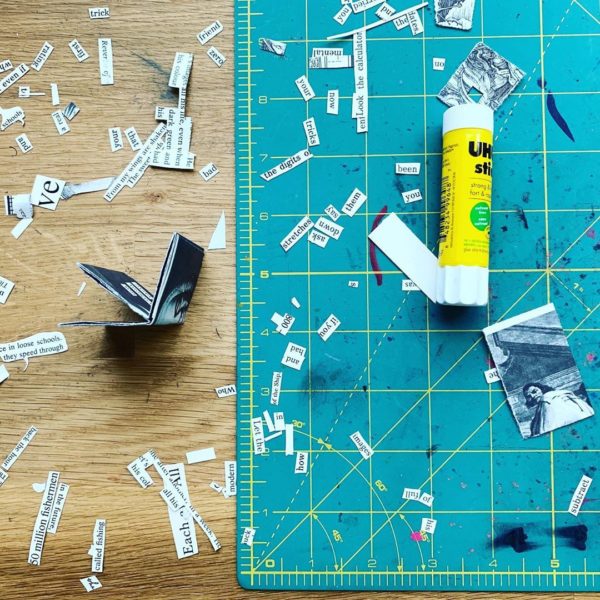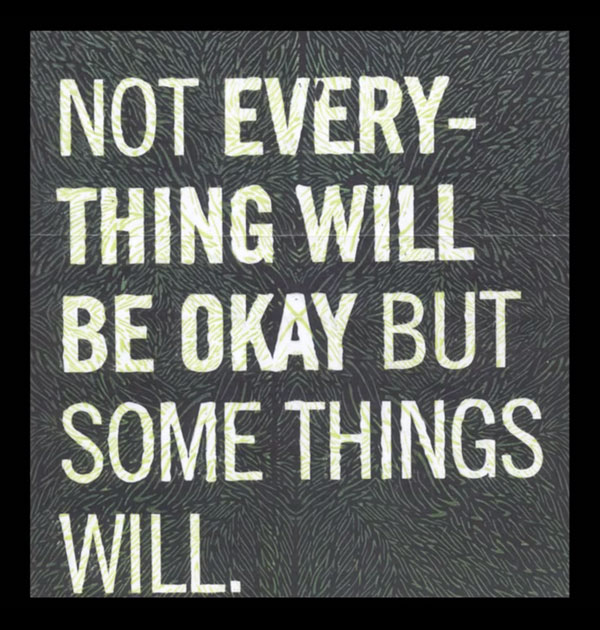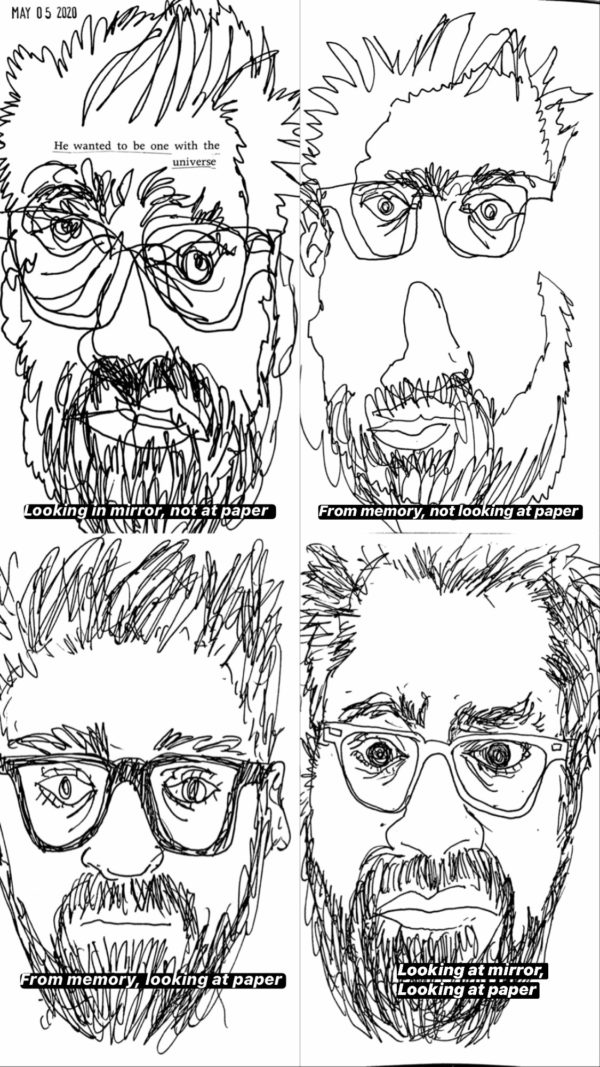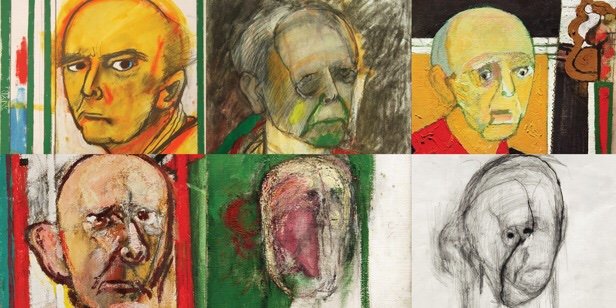
While many writers are turning to the calm of collage as an escape from needing words, Hanif Abdurraqib is turning to self-collage and assembling his leftover scraps into poetry:
[I am] recycling my way toward a feeling of productivity. I copy and paste email responses that work across multiple inquiries. If I don’t feel up for making a morale-boosting lunch, I pile some leftovers into a bowl and hope for the best. I’ve found myself doing this with poems, as well. Piling leftovers onto the page and seeing what makes sense. I don’t throw away drafts of my poems. I keep them all in a folder on my computer. If I cared for something enough to write it, I care for it enough to imagine that it might be useful later.
About once a week, I’ve been digging through my folder of misfit poems and constructing new ones out of them. It’s like a joyful puzzle. The work of writing is already done. The work of arrangement is where the excitement is.
This is a fine method for artists of all kinds. A little hoarding goes a long way. You never know when a discarded scrap from something can be turned into something new. (Keep Going contains a whole section that didn’t fit into Show Your Work!)






